
-
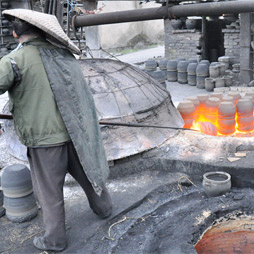
Renascence
Renascence is a project which is trying to find the answer of how to give a second life to an aged special pottery-based ceramic material in China.
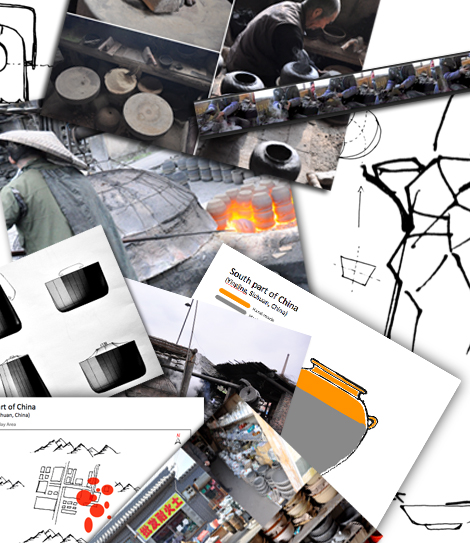
Renascence
The material was wildly used to make the cookware for thousands of years. And normally we call its product 'Sha Qi' which has the unique metallic physical appearance attribute. Furthermore, if we use its product to cook the food, the food will taste more delicious and not so easily turn to bad even in the hot summer. And if we boil the water with this cookware, more ingredients will be added into the water, which are very healthy to the human body.
It was developed and inherited by those small family studios. Nevertheless, for some reason nowadays there are not so many people who are willing to use that kind of cookware anymore, which made this material suffer the problem of survival. Lots of small family studios closed down. There are no young people want to learn this skill anymore. This precious heritage is now having the danger of extinction. Tradition is now meeting the challenge of the contemporary age again.
Renascence means the revival of something that has been dormant. We do believe it is our duty to try to protect this material and give a second new life to it. Thus, we'd like to find out the reason behind this phenomenon and try to use the knowledge we have gained to solve this problem from designer's perspective..
-
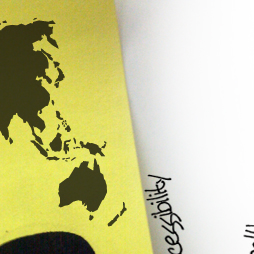
study for eco-effective processes
Assisting client to define parameters and processes for sustainable choices.
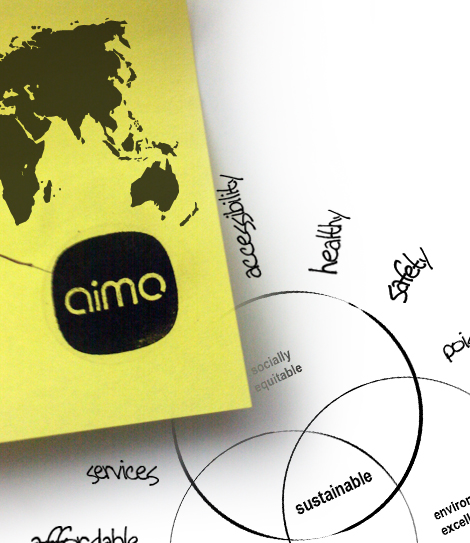
study for eco-effective processes
Assisting client to define parameters and processes for sustainable choices.
Aimo researched client's processes, product life cycle, codes & standards for enabling processes for sustainability. After defining paramaters and developing processes in collaboration with client - we prototyped the new system for getting quick feedback and reality-check. Based on analyzes processes were refined to fit the purpose. -
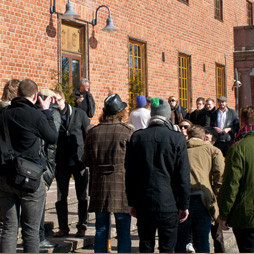
Workshops & mentoring
We guided multi-disciplinary student groups of Lahti Institute of Design during spring term 2011.
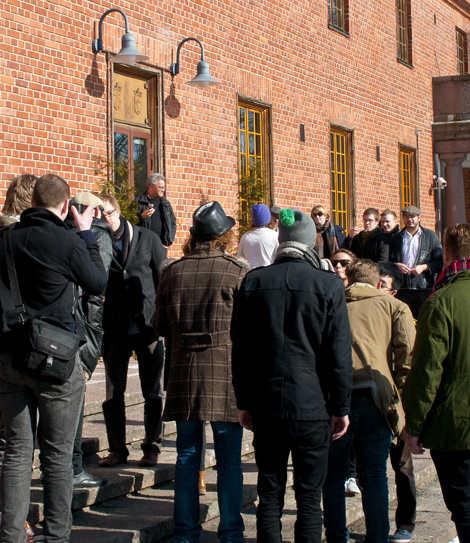
Workshops & mentoring
Multi-disciplinary collaboration can lead to effective results for sustainability. Creating the common base for project assists to find a shared direction. We can facilitate theme workshops with you to effectively share multiple points-of-view.
We guided multi-disciplinary student groups of Lahti Institute of Design during spring term 2011. Our client briefed the design task for students and we mentored students to reach desired results. Workshops, personal mentoring and theme lectures enabled happy client, students and University of Applied sciences. -
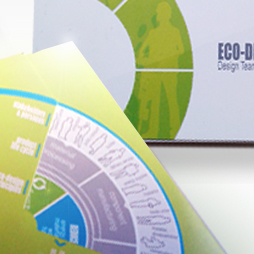
creative tools for sustainability
Tools for guiding R&D department's creativity was based on research for sustainability and stakeholder study.
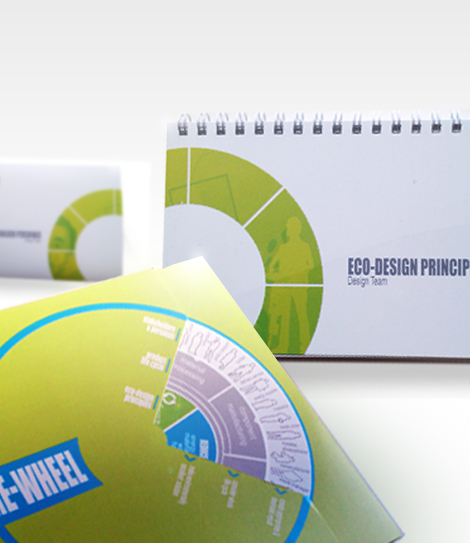
creative tools for sustainability
The purpose of this project was to assist client's R&D department in creating environmentally sustainable solutions. This was achieved through the identification of a set of eco-design principles via the systematic analysis of sustainability literature including a number of in-depth interviews with representative stakeholder groups, for example designers, real estate developers, constructors and architects. The identified eco-design principles were verified and operationalized via the R&D team, as well as the creation and utilization of set of personas, which represent different user and customer types, stakeholder interests and perspectives. These principles and personas are then used as a means to systematically create and evaluate the desirability and appropriateness of eco-efficient design solutions proposed by the R&D department.
The amount of information that designers need to handle during projects is overwhelming, making condensing the material crucial. The rational principles and the emotional personas can therefore serve to communicate information to different kinds of people in the company and to enable sustainability decision-making in various types of processes. The Re-wheel tool assists the designer to go systematically through different combinations of the eco-design principles, product life cycle and stakeholder personas/ stakeholders in order to design for environmental sustainability.


